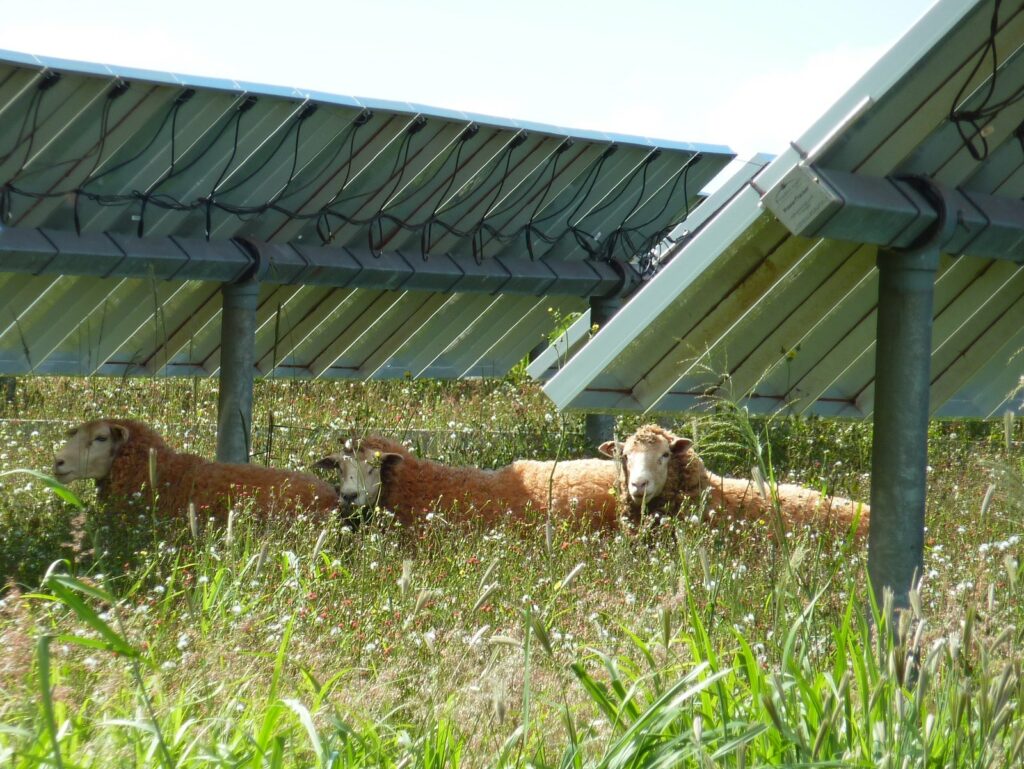
As a leader in developing utility-scale solar farms across the US, ISS supports the increasing number of innovations that allow solar farms to be multi-purposed and even more beneficial for the environment. One of the newest innovations allowing us to do that is known as “agrovoltaics.” This somewhat difficult to pronounce word simply means developing an area of land for both solar photovoltaic power and conventional agriculture, rather than using a parcel of land for one use or the other. The concept of agrovoltaics has been around for a few years now, we have mentioned it before in one of our blog posts, however, there is exciting new research that shows that it may be beneficial to pair agriculture and solar energy.
A study, published this month by Oregon State University, has found that the most productive areas to place solar power panels are farmlands. According to the study, if “less than 1% of agricultural land was converted to solar panels, it would provide enough energy to satisfy the global electrical demand.” That may sound great but perhaps you are wondering about the crops that were being grown on that land previously. Can you grow crops on land that is being used for solar energy? Is it not important to grow crops still? Is it not more profitable to also grow crops if possible? While it may surprise you, the answer to all these questions is, yes.
As mentioned before, up until recently, the general practice has been to purchase or lease a plot of land that is considered optimal for solar energy (criteria used are often things like elevation, aspect, slope, and radiation). This land then has solar panel arrays constructed on it along with inverters, transformers, and substations. Through co-locational solar practices, it has become more commonplace in recent years to plant native wildflowers as ground cover on solar farms. However, while beautiful and environmentally beneficial, wildflowers do not make up for lost agriculture and income. In their most recent study, as well as a previous one published in 2018, Oregon State University researchers have found that it is actually beneficial to grow crops under solar panels as these shaded areas were “significantly more water-efficient (328%)” and maintained soil moisture in areas that would normally be dried out by the sun. Researchers have even “successfully grown aloe vera, tomatoes, biogas maize, pasture grass, and lettuce.” Farms are also successfully allowing sheep to graze amongst the solar panels!
In areas that could benefit from solar energy but also require agriculture to sustain their selves, innovations like agrovoltaics are groundbreaking. However, agrovoltaics is also beneficial in allowing families and communities that have a history of agriculture to continue to grow crops while also benefitting from environmentally friendly solar energy. For more information about our utility-scale solar farm projects, please call 828-424-7884 or visit https://innovativesolarsystemsllc.com/.

